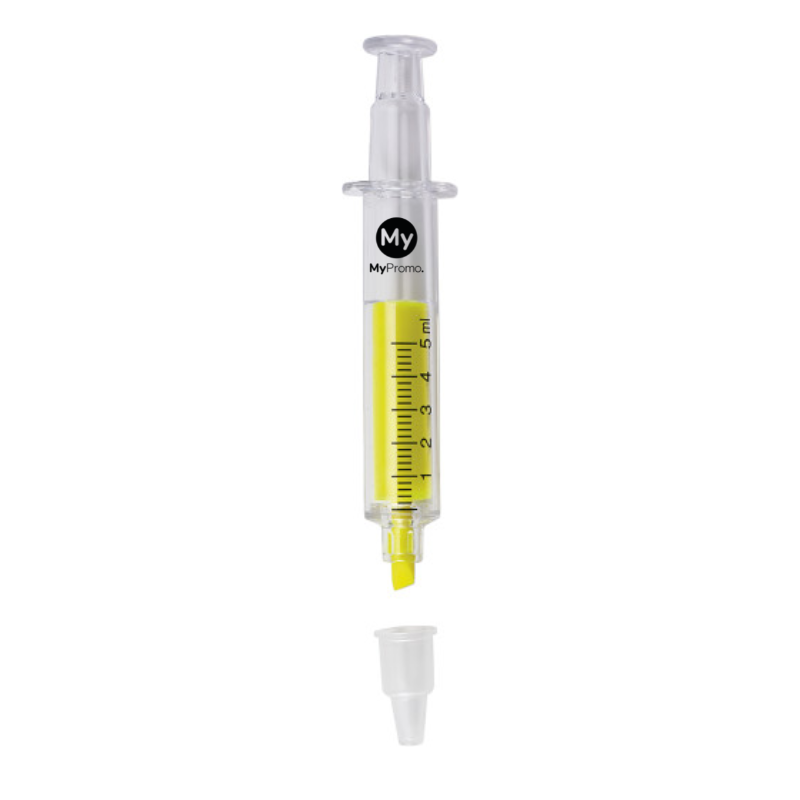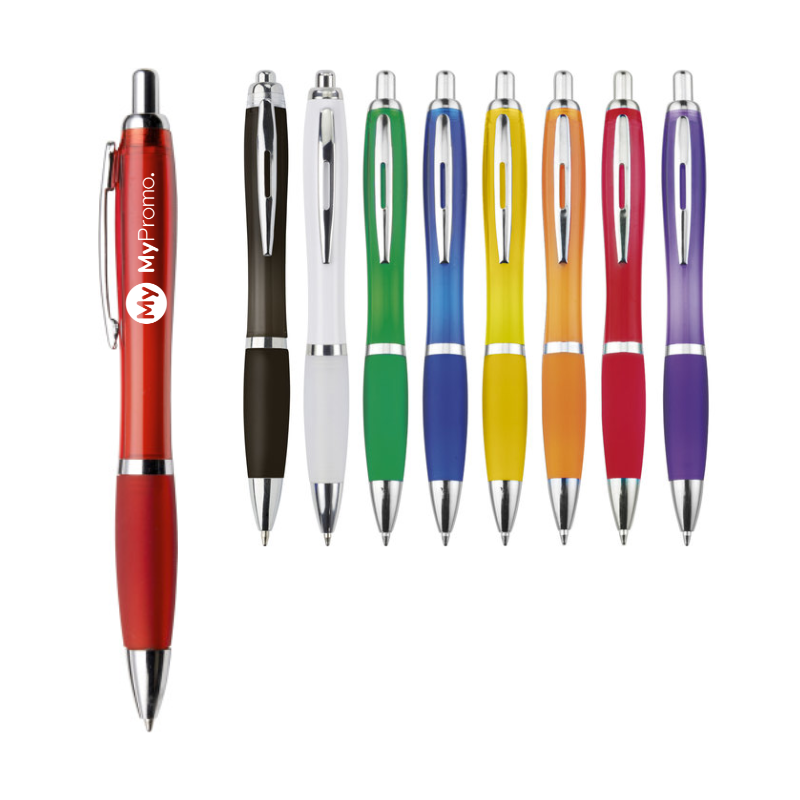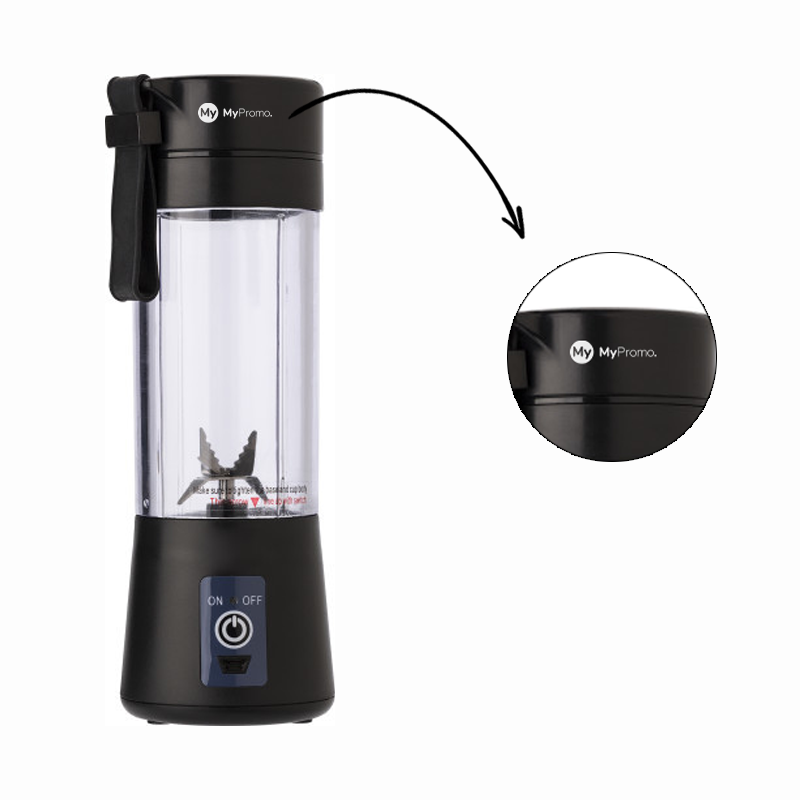ABS
What is ABS?
ABS is a thermoplastic polymer formulated by combining acrylonitrile, butadiene, and styrene monomers. The acrylonitrile component is responsible for chemical and thermal stability; butadiene adds toughness and impact resistance; while styrene enhances rigidity and processability. This amalgamation results in a highly adaptable material suited for a wide array of applications. Tracing its origins back to the 1940s, ABS was developed to fulfill the need for a material that merged the superior attributes of different plastics. Through decades of enhancements, ABS has emerged as a premier choice for creating high-quality, durable, and aesthetically pleasing products.The Making of ABS: From Monomers to Polymers
Producing ABS involves a process beginning with the polymerization of acrylonitrile, butadiene, and styrene in what is known as emulsion polymerization. This process yields a pre-polymer, which then undergoes a grafting phase to form the complete ABS polymer. The final product is extruded or molded into pellets, setting the stage for various manufacturing applications.
Exploring the Properties and Characteristics of ABS
ABS is renowned for its high impact resistance and good mechanical strength, which are complemented by excellent dimensional stability and surface brightness. It is also notable for its scratch resistance and ability to resist chemical corrosion and heat. These traits make ABS an exemplary material across diverse industries.
Diverse Applications of ABS
In automotive parts, electronic housings, and children's toys such as LEGO bricks, ABS demonstrates its utility. The promotional gifts sector benefits particularly from ABS, utilizing it in the production of personalized pens, personalized keyrings, and novelty USB drives. The ease of customization and quality finish of ABS enhance the visual appeal and longevity of promotional items, offering substantial value.
ABS in Comparison with Other Materials
ABS distinguishes itself from other plastics like PVC and polystyrene by offering better impact resistance and toughness without the need for additives like plasticizers, which are necessary in PVC. It is more resistant to physical impacts and chemical degradation than polystyrene, though it may cost more and offer slightly lower recyclability.
Challenges and Limitations of ABS
While ABS boasts many advantages, it also faces challenges such as susceptibility to warping at high temperatures and the environmental impact of its production, as it is derived from non-renewable fossil fuels and is less biodegradable than newer bioplastics.
In summary, the unique blend of durability, aesthetic appeal, and versatility makes ABS an indispensable material in the manufacturing landscape, particularly in the creation of dependable and attractive promotional gifts. Its continued evolution is expected to meet the growing and changing demands of modern manufacturing technologies.
| Property | Description |
|---|---|
| Impact Resistance | High, making it ideal for products requiring durability |
| Mechanical Strength | Good strength for structural applications |
| Dimensional Stability | Maintains shape after molding, even under stress |
| Surface Brightness | High gloss possible, suitable for aesthetic products |
| Scratch Resistance | Resistant to surface damage, enhancing product longevity |
| Chemical and Heat Resistance | Withstands common chemicals and moderate heat |
What are the ideal printing conditions for ABS?
ABS should be printed in a well-ventilated area at a nozzle temperature of about 220°F to 250°F. A heated bed is also recommended, typically at 90°C to 110°C, to prevent warping and ensure better adhesion.
Can ABS be used in outdoor applications?
Yes, ABS is suitable for outdoor use due to its UV resistance and ability to withstand varying weather conditions. However, it may discolor or degrade over long periods, so some form of protective coating is advisable for extended exposure.
How does ABS compare to PLA in terms of environmental impact?
ABS is a petroleum-based plastic, which makes it less environmentally friendly compared to PLA, a biodegradable material made from renewable resources like corn starch. ABS also releases potentially harmful fumes when heated, requiring good ventilation during printing.
What safety precautions should be taken when printing with ABS?
It's important to ensure adequate ventilation to avoid inhaling fumes. Wearing a mask and using an enclosed 3D printer can also help reduce exposure. Additionally, maintaining proper temperature control can prevent toxic emissions.
Can ABS be recycled?
Yes, ABS is recyclable. However, the recycling process for ABS from 3D printing involves breaking down the material into small pellets that can be reused in the production of new filament, which may not be readily available in all areas.










